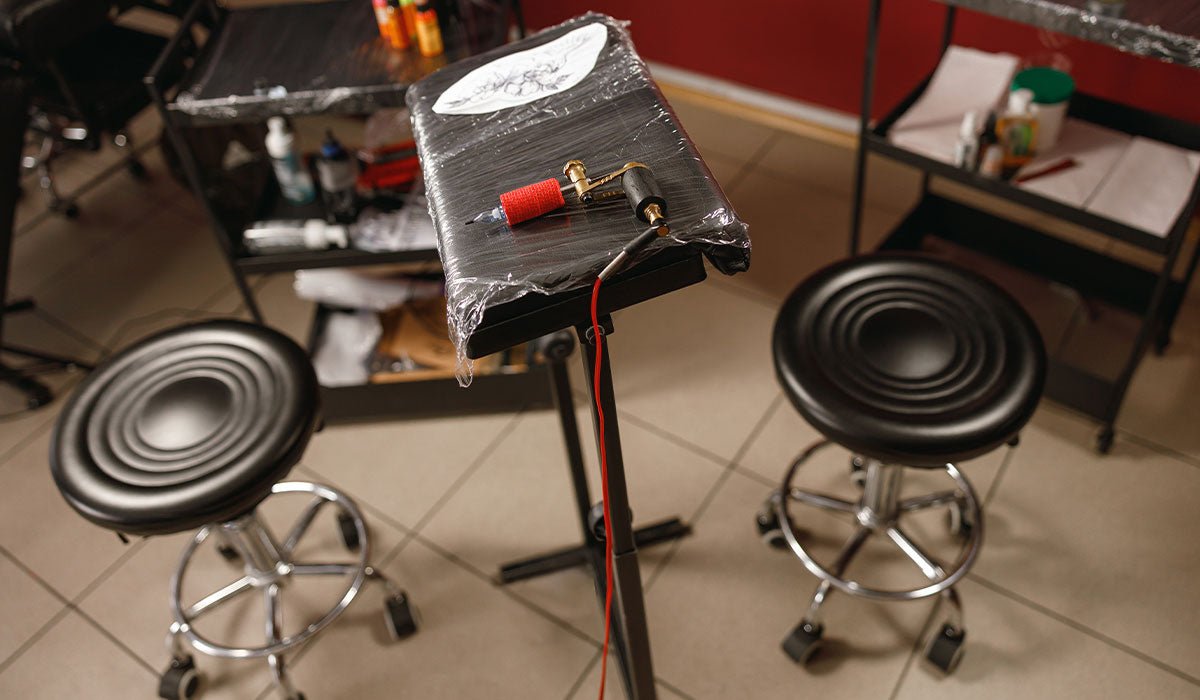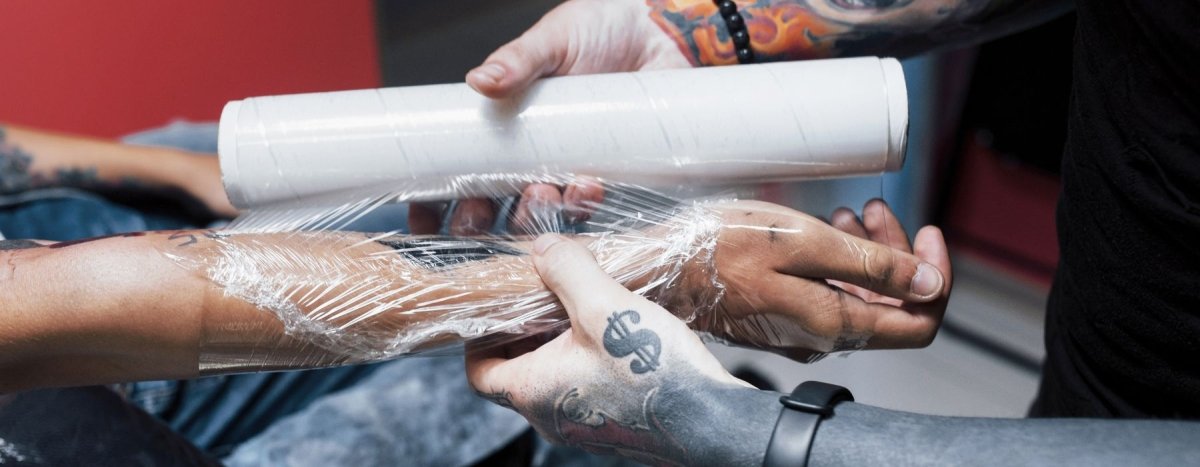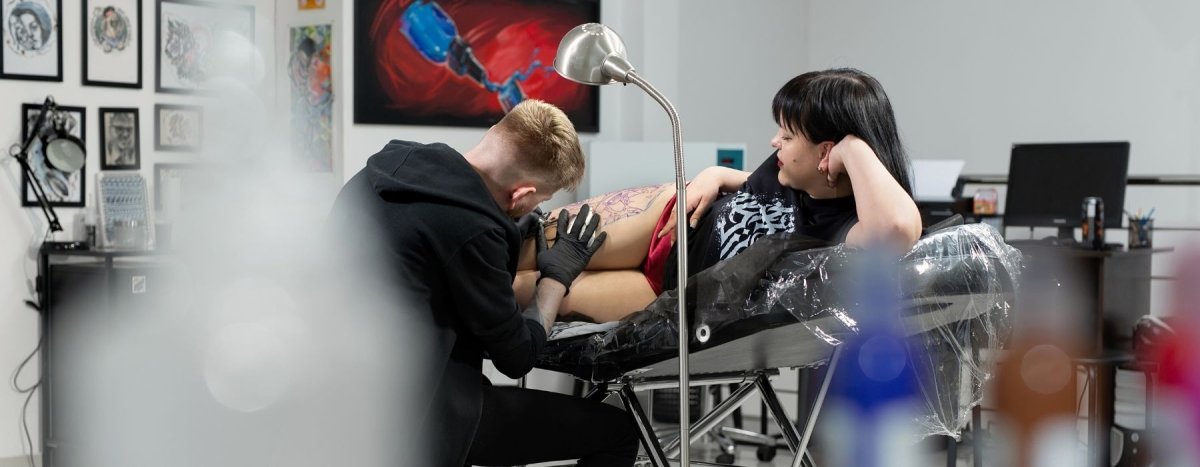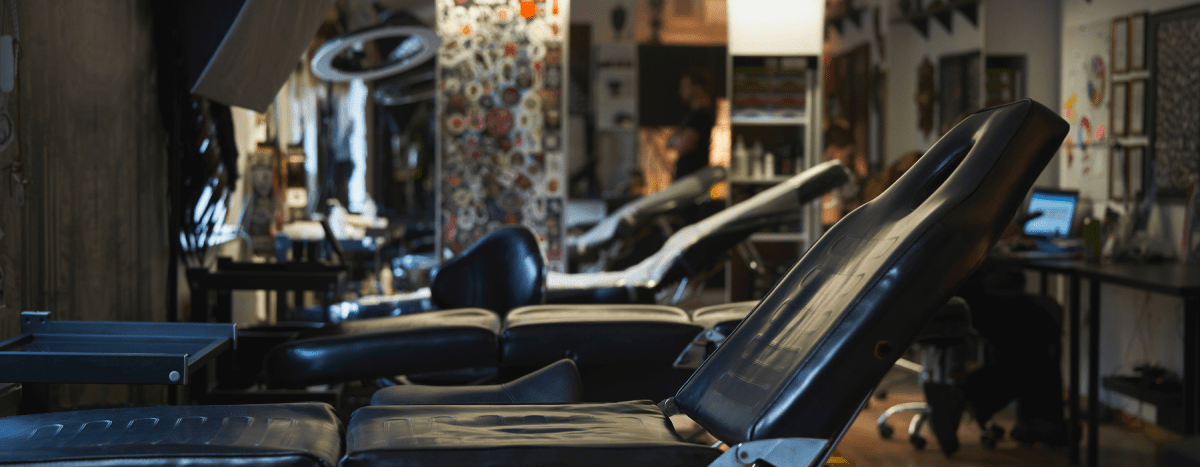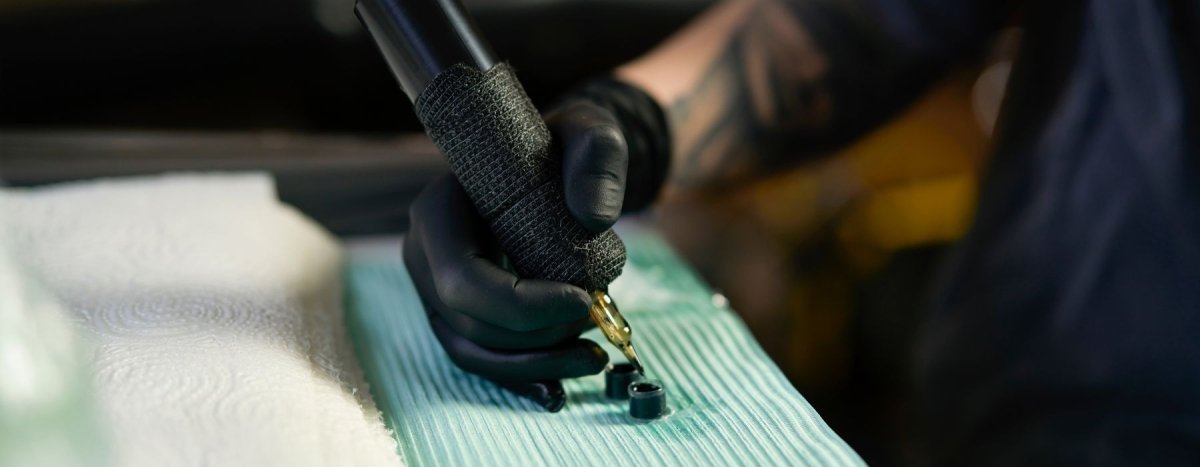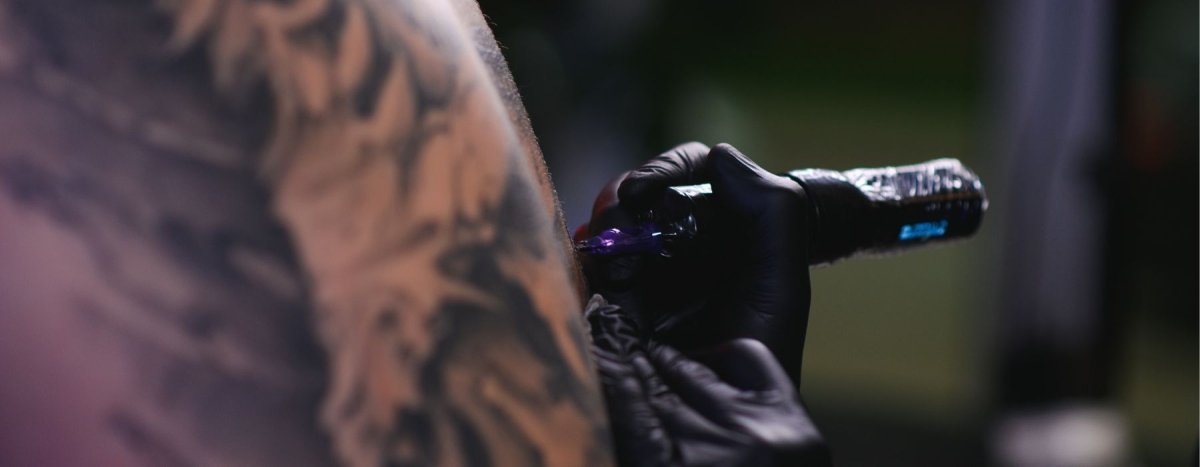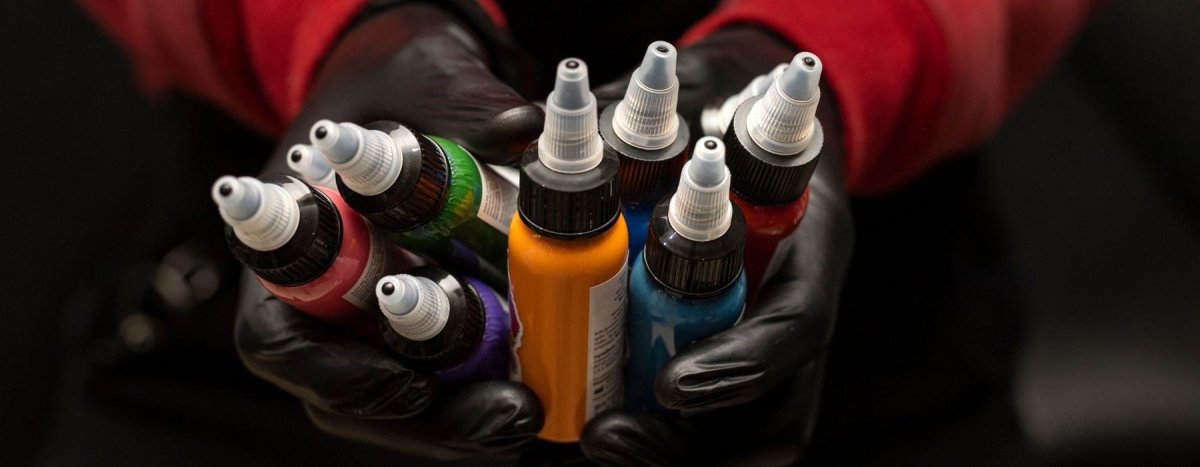Your cart is empty
Looks like you haven't added anything to your cart yet

Building Your Tattoo Portfolio: Showcasing Your Skills and Attracting Clients
A standout tattoo portfolio is one of the most crucial things that will help an aspiring tattoo artist to showcase their skills to people—in other words, it may turn out to be your first way of booking clients. A good tattoo portfolio doesn't only represent your best work but also your style and artistic skills. This guide will go over photography tips and ways with which to lay it out, all in the name of a killer tattoo portfolio that attracts your future clients and potential studios to your work.
Importance of a Tattoo Portfolio
A tattoo portfolio is more than just a collection of your work. It's a visual résumé charting your journey through art, along with the amount of experience you currently have. Here is where you can bring out your quality, versatility, and personal flare in the work you do before the eyes of the potential clients or companies you are interested in. A sensibly organized and appealing portfolio is one of the very many things that could provide you with just enough credibility and attract the right kind of audience.
How to Capture Great Quality Tattoo Photos
The cornerstone of quality in your tattoo portfolio is a good photo quality; therefore, these are the musts for shooting your work:
Invest in a Good Camera: While smartphone cameras have really improved, an investment in a good DSLR or mirrorless camera will make a noticeable difference in your shots.
Perfect Lighting: Natural light provides the best type of lights for tattoo photography. Shoot the tattoos indoors with the use of softbox lighting to avoid harsh shadows and highlights.
Clean Backgrounds: The background needs to be clutter-free to ensure that the attention is only on the tattoo. Take photos from different angles and close up to the tattoo so that several shots with perfect focus details of the tattoo can be made. Ensure the background is plain, simple, and neutral. Editing Software: Make sure to use, if necessary, any editing software, such as Adobe Lightroom or Photoshop, to perfection—making adjustments to a degree that your eyes are satisfied with. Do not over-edit. It should look realistic.
Structuring Your Tattoo Portfolio
A properly structured portfolio is easily navigated and helps the viewer find exactly what they are looking for very quickly. Here's how you organize your portfolio in an effective way:
Introduction Page: Start with an introduction page that has a brief bio, your philosophy on artistry, and contact information.
Categorize Your Work: Have your work organized by the tattoo style category (black and grey, color, realism, traditional). This way, viewers can find that specific style which interests them.
Showcase Your Best Work: Display your very best works front and center. Less but better—pick only the best of your impressive stand-out pieces to go in your portfolio. Add before and after images of tattoos to show that you have the facility to hide or change an existing tattoo. Show a few in-progress shots so that the viewer gets to know your process and level of attention to detail.
Client Testimonials: Sprinkle your portfolio with testimonials from happy clients to further establish your credibility and win the trust of your viewers.
What People Look for in a Portfolio
Knowing what people look for enables you to design your portfolio with them in mind.
Here's what the portfolio should possess:
Consistency: People are going to be searching for consistency in quality across your work. Make sure your portfolio illustrates that you can consistently provide great tattoos. Versatility: Include a variety of styles to make the appeal broad. Show versatility in style to represent adaptability and a varied skill set in different designs. Originality: Make your own original style and creativity known. Clients want that certain unique, artistic voice.Professionalism: A clean, well-organized portfolio shows your professionalism. Don't forget to keep your contact information updated and easy to find.
Tattoo Artists' Ought to Have in a Portfolio
There are some specific qualities tattoo studios look for in a portfolio:
Technical Skill: Any studio would of course prefer to have an artist with high technical ability—sharp line work, neat shading, and good color application. Be sure to include works in your portfolio that demonstrate such ability.
Experience: Make sure you highlight any apprenticeships, workshops, or conventions you have taken part in. It just shows a studio that you are serious about continuous improvement.
Client Interaction: Good customer relationships lead to repeat clients. These are things which a studio would be glad to see, so testimonials and repeat clients are good as part of your portfolio.
Clean Work: Work on including the cleanliness and safety of your tattooing process in your portfolio to show that you place great value on clean and safe tattooing. Such studios prioritize such artists.
Online vs. Physical Portfolios
Having an online and physical portfolio could be beneficial in this digital age. Know how to go about them:
Online Portfolio:
Website: Get a professional website with a user-friendly design. Include a gallery of your work, your bio, and contact information.
Social Media: Utilize prominent social media platforms such as Instagram, Facebook, etc., to advertise your work and connect with customers. Let your social media handles be current and inundated with top-quality content. SEO Optimized: Don't forget putting some of the relevant keywords in the website and in the social media post to get a better ranking on a search engine result page. Keywords like "tattoo artist portfolio," "tattoo photography tips," and "showcase tattoo skills" can be of great help.
Physical Portfolio:
Presentation: Get a nice portfolio book. Print your photos on good paper to make them appealing.
Clean and Professional: Make sure your physical portfolio is clean and neat. Contact information and business cards should be included in your portfolio.
Portfolio Reviews: Go to tattoo conventions and get portfolio reviews. Their feedback usually proves invaluable for improvement.
How to Promote Your Tattoo Portfolio
After you have a killer portfolio ready, the next logical thing to do is promote it properly:
Networking: Attend tattoo conventions, art shows, and other industry events, as from these places great collaborations might spring. There's also the opportunity for spontaneous portfolio reviews too.Collabs: You'll be able to work with photographers, models, and other such artists on projects that are going to be unique to your own portfolio.
Online presence: Never leave your website behind alongside your social media profiles. Engage with people viewing or commenting on your work.
SEO: Every related keyword possible throughout your website can really skyrocket your website in the stratosphere of search engine rankings. The image meta descriptions and alt text on your website are the keys to getting your site up there.
Referrals: Do not refrain from asking your happy and satisfied clients for referrals to other probable clients because it's more powerful to know from someone else.
Conclusion
It takes time, effort, and great detail to build an impressive tattoo portfolio. By following these tips on photography, layout, and understanding the needs and expectations of potential clients and studios, one would be able to create a great portfolio that truly reflects skills. Remember, a portfolio is a reflection of your artistry and professionalism. Make it count. With a strong portfolio, you'll soon be on the road to getting clients and opportunities that can elevate your tattoo career to new levels.
Featured Blogs
- Choosing a selection results in a full page refresh.




